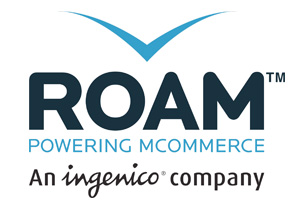QSR Customers Eager For Mobile Ordering

ROAM, the Boston-based end-to-end mobile commerce platform provider, has created a new infographic aimed at helping quick service restaurants (QSRs) better adapt to consumer demands in the current market.
The release, entitled “Serving Up Mobile POS …Your Way,” revealed details about the average QSR customer and what they expect from their customer experience. In particular, the infographic may help merchants define their marketing target. It uncovered that the average QSR customer is between 25 and 34 years of age and is more tech-savvy than the general public.
ROAM indicates that 62 percent of QSR customers own smartphones, and that 30 percent check menus from this device before selecting where to eat out.
In this PYMNTS.com Data Point, we’ll take a closer look at ROAM’s infographic and examine how merchants can use these findings to bolster revenue and customer satisfaction.
MPOS Enables New Revenue Opportunities
Perhaps most important for merchants was ROAM’s finding that MPOS platforms increased the number of orders QSRs could process during times of high traffic. This suggests MPOS is an essential investment, as the average QSR customer only has 20 minutes to order and eat, and view the speed of their service as the second-most important reason for selecting a QSR.
The report also noted that this time could be further reduced, as 30 percent of QSR customers say they would be interested in ordering food via a mobile app.
MPOS Enables Better Customer Service
ROAM found that wait time greatly impacts consumer opinion of a QSR. Specifically, the infographic noted that customers value their time waiting in line at the equivalent of $40 an hour. Also notable was the fact that many QSR customers overestimate how long they wait in line, and that the top seven QSRs had average wait times of just under three minutes.
However, ROAM indicates that merchants need only make small changes to see noticeable improvements in consumer satisfaction. A seven-second reduction in wait time was found to increase a QSR’s market share by roughly 3 percent.
MPOS Enables Business Continuity
Weather has a huge impact on the business performance of merchants in this field. Using Hurricane Sandy as an example, ROAM indicated the average loss from this type of event for a QSR is equal to one to two months rent, and the entire value of its food stock at the time.
For an easy-to-read overview of the QSR research, you can view ROAM’s full infographic below.

